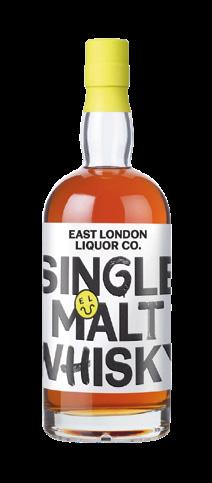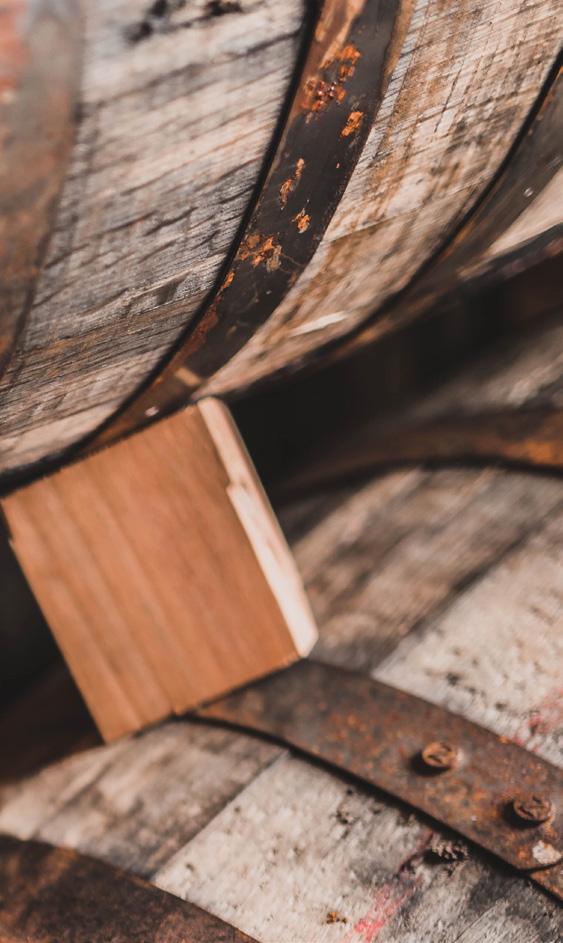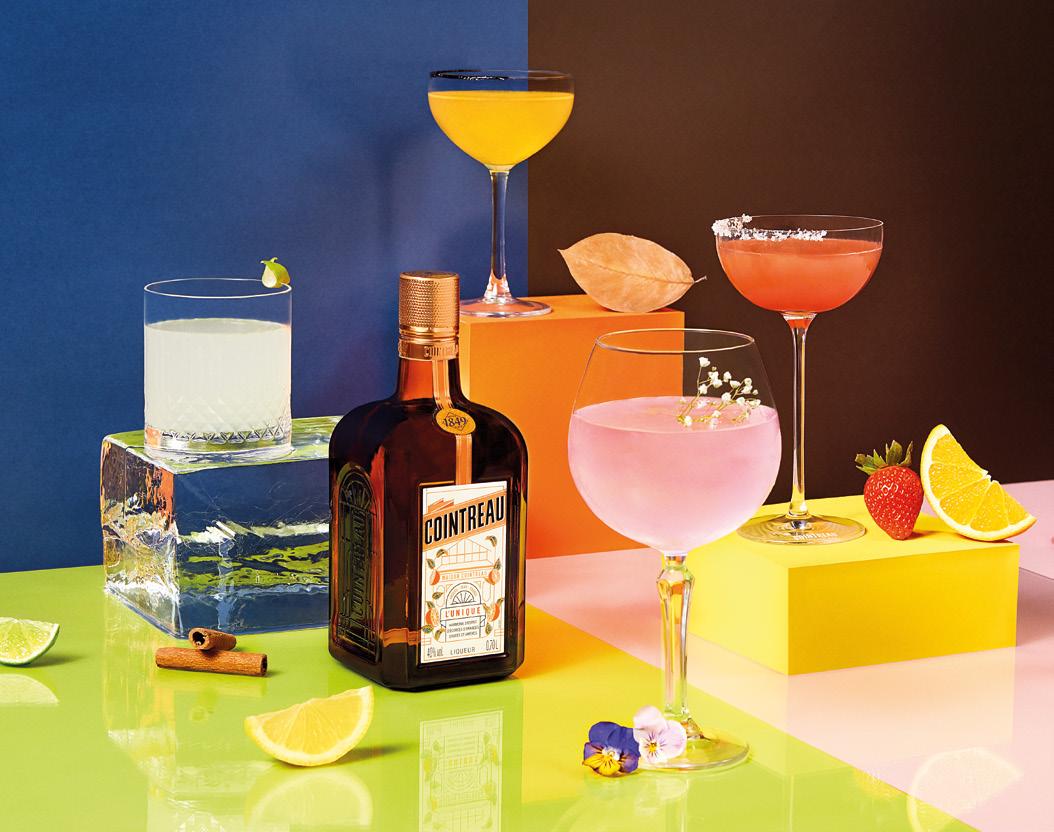
4 minute read
THE AGE DEBATE
Age statements on spirits, for or against? Yael Weisberg drinks writer and consultant and Alex Wolpert, distiller, state their case
There is no denying it. We are living in the golden age of nonage statement (NAS) whisky, with a seemingly endless variety of new expressions released with ever-increasing speed. From Scottish single malts to Swedish science experiments, innovations are hitting the market thick and fast. Unless you work in the field or have a lot of free time to gather whisky knowledge, it’s tricky to keep up, and that’s the problem.
Advertisement
The original reason for age statements on whisky was to assure the shopper of its quality, and that still holds true today. Whilst there are many excellent NAS whiskies out there, age statements help most people, who aren’t experts in the minutiae of distilling, easily navigate an increasingly crowded category. Fans of specific expressions can also branch out within the age statement range, making it easier and less risky to try something new.
Though the marketing spiel may talk about ‘breaking boundaries’ and ‘transforming the world of whisky’, the NAS boom was largely fuelled by a shortage of casks coinciding with rising demand, which is why quality levels can vary so dramatically. “When distillers produce NAS expressions, they can sometimes lose their focus on quality because there’s so much pressure to use younger spirits and produce bigger volumes,” says Monique ten
The case for age statements: Yael Weisberg
Kortenaar, head distiller at Lucas Bols and ambassador of the Scotch Malt Whisky Society, with typically Dutch directness.
While she strongly believes in the power of creativity to invigorate a category steeped in tradition, Monique sees age statement whiskies, particularly those rested in cooler climates where maturation is slow and steady, playing an important role as standard bearers for consistency. Distillers are less inclined to take risks with their age statement expressions when these casks are in short supply. There’s more to lose if an age statement whisky isn’t up to par.
Even for those undaunted by the proliferation of NAS whiskies and the difficulty in gauging quality at a glance, age statement whiskies offer one more benefit. Those numbers on the bottle could also boost the numbers in your bank statement. If you’re the sort of person who buys one to drink and one to keep, your money is best invested in an age statement expression, as they are generally more scarce and less vulnerable to the rise and fall of drinks trends. that yield the best results and the most interesting flavours, without harking back to what has been done in the past.
Distilleries may have to discontinue age statement expressions or change the way they make them, in reaction to cask availability. This aspect of rarity, real or potential, has created an active and relatively stable market for age statement whiskies, which are widely considered to be very safe investments.
Remember, next time you’re wading through the vast sea of NAS whiskies with fanciful names and often confusing descriptions, there is an easier way to find what you want. Just look out for that age statement, the one that nails your ideal balance of wood and spice. In an uncertain world, that number will never let you down.
We have no fields of barley on our doorstep, so grain variety and provenance become even more important. Yeast strains and fermentation time are where we have experimented significantly. For example, saison yeasts pitched in with our day-to-day distilling yeast
The case against age statements: Alex Wolpert
When I started out as a bartender almost 20 years ago, all the whisky training focused on two things: cask and water. This narrative had been carefully finessed to pull the consumer towards a story that is both plausible and romantic: the majority of the flavour of the whisky comes from the cask, and the adjacent natural water source used in making the whisky is crucial. But is this really true?
At East London Liquor Co, we are a young whisky producer, with lots to learn and develop. In a world where brands live and die by how distinguished they are, how can we as an urban distillery with no heritage be relevant?

We are part of the new world whisky movement. A distillery making spirits with methods driven by the pursuit of flavour. I don’t come from a family of distillers, and neither do any of our production team. We experiment with processes create some wonderfully tropical notes. This, coupled with a minimum 100-hour fermentation time, gives us something unique in our Single Malt and London Rye. We leave the ferment for a further couple of days to increase the ester content. Then we distil, usually a double pot run taking the heart cut from around 72% to around 60%. The influence of the cask is clear. The provenance of the grain and the mash bill is also clear. There is no hierarchy between the two.
In the context of being this fastidious and transparent about process, why lead with the age statement? It gives neither an insight into flavour nor provenance. Of course, the time in cask might be on the bottle for the consumer’s benefit. However, when we lead with and fetishize this, then we completely eclipse the processes that have actually been responsible for how the liquid tastes as it does.
We’ve seen the Japanese and the scotch whisky industry swerve in and out of using age statements over the past decade, perhaps based purely on stock levels rather than a rigorous brand ethos. From a cynical perspective, one could argue that the incremental age statements used by some whisky brands are there to appeal to different budgets and occasions and therefore own a larger part of the market rather than give the consumer more choice.
As brands we have a responsibility to give the consumer as much information as we can, to debunk old myths and be as transparent and accessible as possible. However, I don’t believe that leading with an age statement on whisky is in the consumer’s best interest. How can it be good to get this reductive and binary about a liquid that deserves so much more scrutiny and appreciation?
At East London we lead with type – rye or single malt – followed by whether it’s a single cask or peated. Age is deliberately listed on the side or back as ancillary information, with exception of our first cask for obvious reasons.

The cynics will of course say that if we had older liquid we’d promote age as an asset, as something special. But we won’t, nor do we want to. The trend of leading with age statements creates a convenient barrier to entry for new whiskies in a market that’s dominated by heritage brands.
Let’s be bold. Let’s be transparent about what we do and why we do it. Letting a number on a bottle do the heavy lifting is lazy. In fact, it’s only a fraction of the story.
Made with Cointreau, the Margarita is both deliciously timeless and ever-evolving











